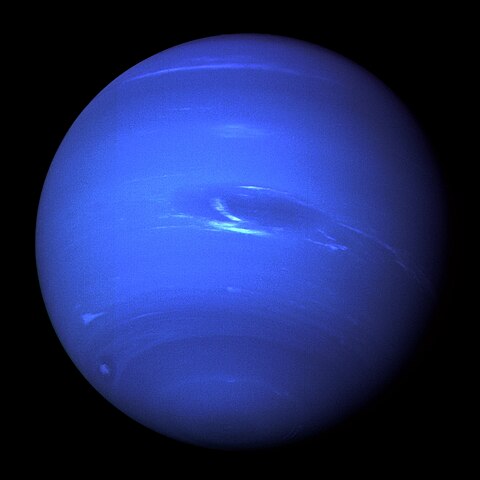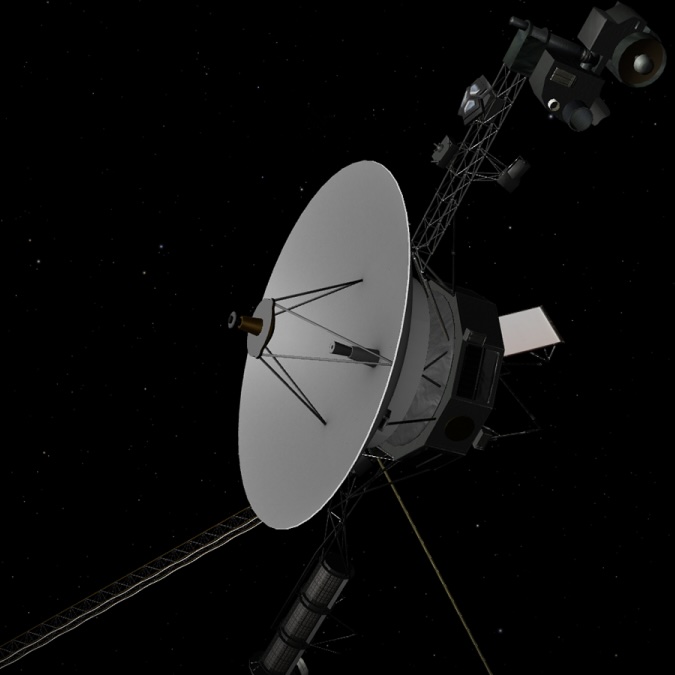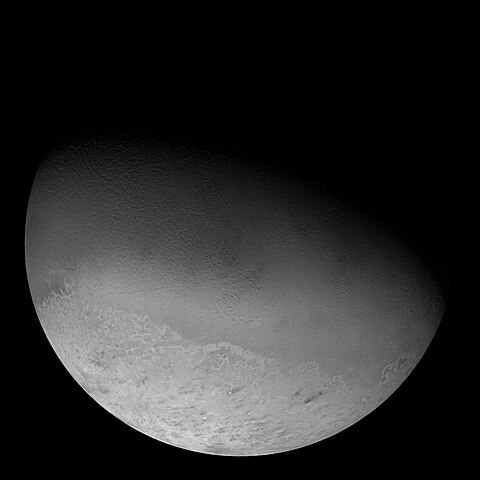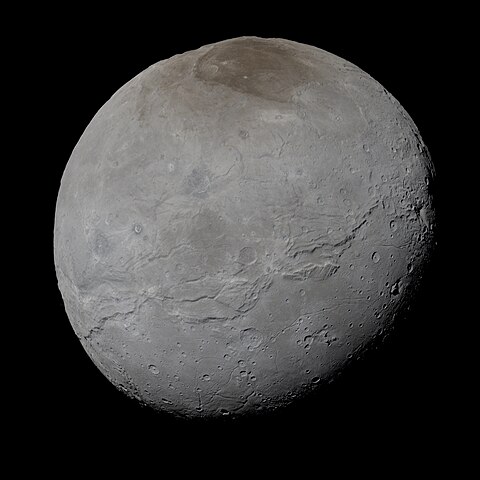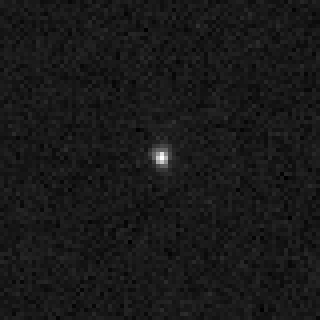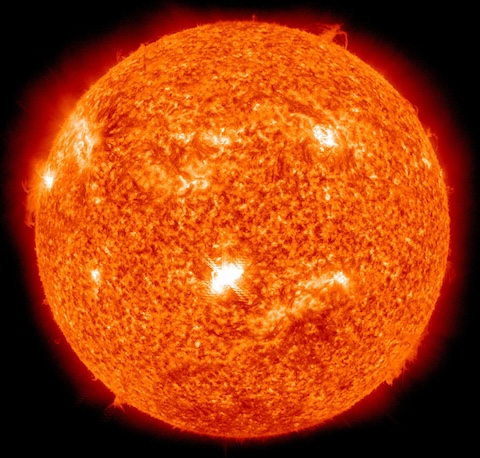1 day / second
0.5 AU
Larissa
Moon of Neptune
A mid-sized inner moon of Neptune with an irregular shape and heavily cratered surface, discovered in 1981 by Harold Reitsema using ground-based stellar occultation observations.
Key Facts
learn more | Wikipedia |
mass | 2.5000e+18 kg |
radius | 97 km |
semi-major axis | 73,548.26 km |
eccentricity | 0.001 |
inclination | 28.571º |
longitude of the ascending node | 0º |
argument of periapsis | 0º |
orbital period | 13.316 hours |
surface gravity | 0.002 g |
discovery date | May 24, 1981 |
discovered by | Harold Reitsema and David J. Tholen |
name origins | Named after Larissa from Greek mythology |
albedo | 0.09 |
dimensions | Irregular body with average radius of 97 km |
material composition | Rocky body with suspected water ice |
Parent Planet
Neptune
The eighth and most distant planet, Neptune is a cold, windy ice giant with a vivid blue color, powerful storms, supersonic winds reaching 1,200 mph, and a collection of 14 known moons including the geologically active Triton.
Spacecraft Visits
Voyager 2
Flyby
Launched in 1977, visited in 1989
Voyager 2's flyby of Larissa on August 25, 1989, led to the first-ever imaging of this small moon, revealing its irregular shape and confirming its existence after ground-based observations in 1981.

